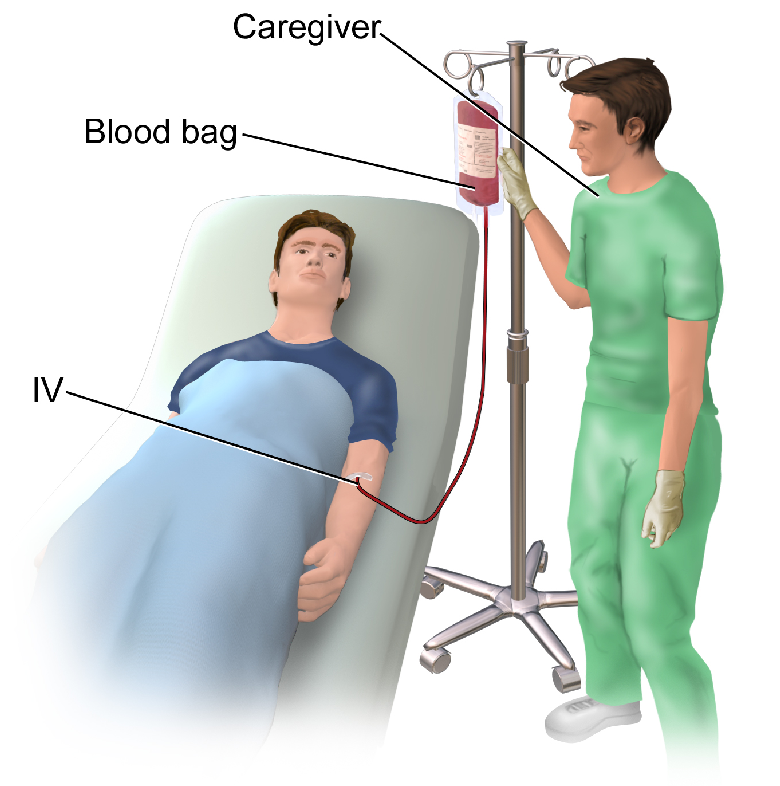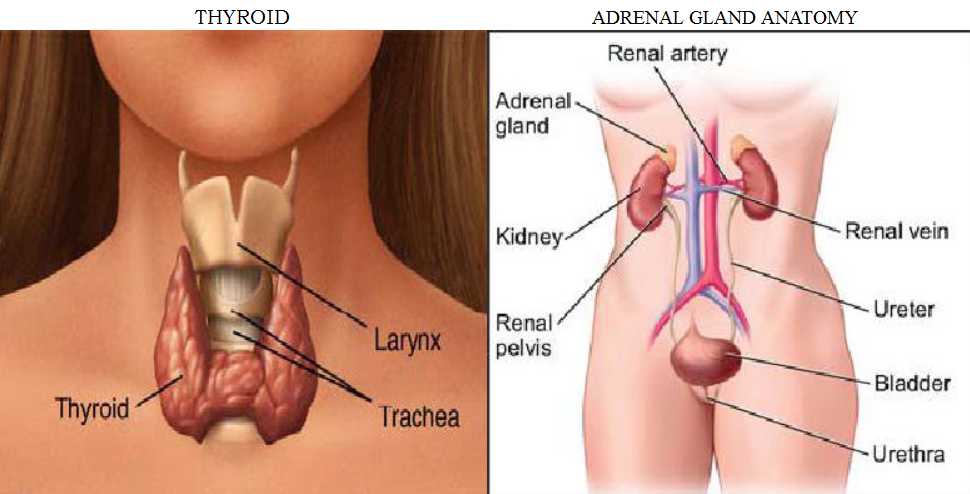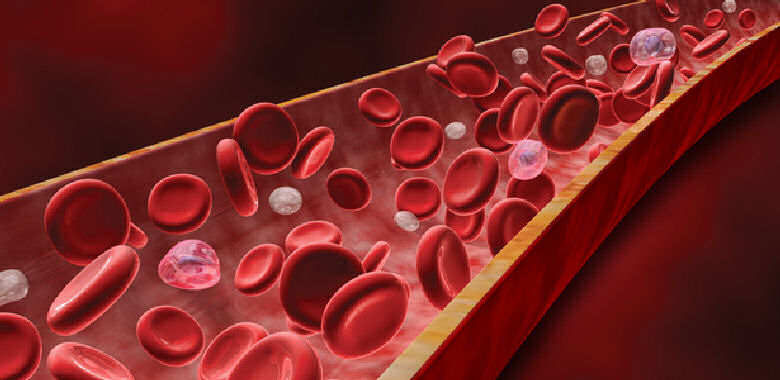Monthly Archives: April 2014
172.WHAT IS PLASMA?
The average person has a little over six litres of blood in his body. This blood is composed of a fluid in which various types of cells are suspended. The fluid is called plasma.
Of the total volume of the blood, about 55 per cent is made up of this plasma. It is a clear, slightly yellowish fluid. After you eat, small globules of fat become suspended in it and give it a milky appearance. This is why you are told not to eat before a blood sample is taken.
171.WHAT IS A HORMONE?
Hormones are secreted by the endocrine glands. Endocrine means “the internal secretion of a gland.” Another name for them is ductless glands, because they don’t send their secretions into ducts but directly into the bloodstream. Hormones are also produced by some organs such as the liver and the kidney, but most of the hormones in the body come from glands.
170.WHAT DO WHITE BLOOD CELLS DO?
You can see that blood, so necessary for life, is not a simple thing. Many different substances have their special work and importance.
Although the red cells are by far more numerous in the blood and give blood its color, the white blood cells have a critical role, too. The white blood cells are called leukocytes.




